How To Open Your Seven Chakras
Awaken your spiritual self and maintain peace within yourself with this ancient science.
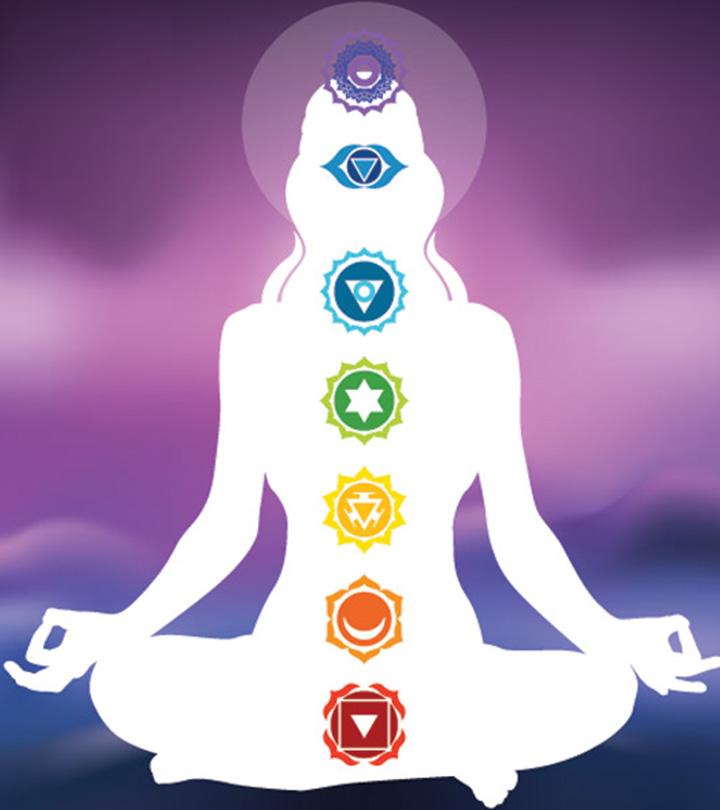
Image: ShutterStock
We are so caught up in our busy schedules that we hardly give a thought to our mental and physical well-being. When we look back, we realize that our journey was only marred with stress and strain. Chakra awakening can successfully bring you out of physiological and psychological deterioration. It helps you cleanse yourself and feel refreshed, energized, and healthy. After all, we know what governs us – Energy.
According to Buddhist and Hindu studies, our bodies are filled with pools of energy, upon which our cognitive qualities depend. To the uninitiated, our bodies contain seven chakras – four in the upper body and three in the lower body. While the chakras in the upper body influence our intellectual properties, those in the lower body deal with instinctual properties.
The seven chakras are as follows. The Sahasrara chakra (the crown chakra) is right on top of the head and crowns our being. The Ajna chakra, popular as the third-eye chakra, is at the center of the forehead. The Visuddhi chakra, also known as the throat chakra, is at the throat. The Anahata chakra, also called the heart chakra, is where the heart is located (the center of our being). The solar plexus chakra or Manipura chakra lies at the abdomen, while the sacral chakra or Svadhisthana chakra comes below the abdomen. Finally, the Muladhara chakra, popularly called the root chakra, is at the base of our body in the meditating position.
Kundalini yoga, also known as Laya yoga, channelizes our energy and is governed by Shaktism and Tantra. It involves activating or balancing the energy points (chakras) through meditation, pranayama, asanas, bandhas, mudras, kriyas and mantras. This “yoga of awareness,” as the practitioners popularly suggest, propagates our spiritual and creative potential. It is aimed to help human beings lead a virtuous life – by binding themselves with high values, speaking the truth, being compassionate and mindful of others’ needs, and possessing the ability to heal others.
According to the teachings of Hinduism and Buddhism, these energy points play a key role in our well-being. However, some chakras may not be inactive or open while the others are extremely active. Keeping these chakras balanced is essential for being at peace with ourselves and the external world. If you are wondering how you can open these chakras, you have come to the right place for advice. In this article, we take you through the best ways to balance these energy points through Kundalini yoga. Let us get started!
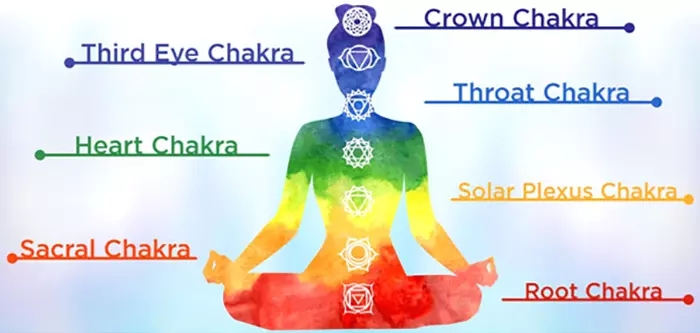
In This Article
How To Open Chakras
Here is all you need to know about the awareness and opening of the seven chakras:
- Sahasrara Or Crown Chakra
- Ajna Or Third Eye Chakra
- Visuddhi Or Throat Chakra
- Anahata Or Heart Chakra
- Manipura Chakra Or Solar Plexus
- Svadhisthana Or Sacral Chakra
- Muladhara Or Root Chakra
Sahasrara Or Crown Chakra
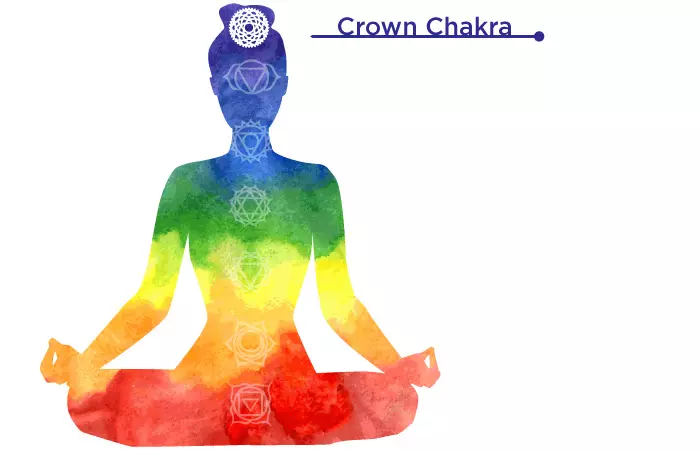
Sahasrara
Location: Top Of The Head
Scent: Jasmine
Mantra: Silence After Om
Color: Violet, White
Element: Cosmic Energy
Yoga Pose: The Lotus Pose Or The Corpse Pose
Stands For: Detachment Of Ego, Enlightenment
This chakra is responsible for the spirituality of our beings. It ensures that we become one with the universe and also increases our wisdom. Opening up this chakra ensures that you become open and aware of not just yourself, but also the world around you and your connection with it. You will notice all your prejudices melting away.
But if this chakra is not active enough, you will not be open to spirituality, and you will find yourself having rigid thoughts. If the crown chakra is more active than usual, you will tend to be extremely spiritual, so much that you will forget your basic bodily needs like shelter, food, and water. You will tend to over analyze things.
How To Balance Or Awaken The Crown Chakra
- Sit with your legs crossed.
- Place your hands in front of your stomach. Make sure that your little fingers are pointing up and away from you, touching each other at the tops. Cross the rest of your fingers, and let your left thumb be placed under your right.
- Now, as you close your eyes and begin to meditate, concentrate on your crown chakra. Become aware of all that this chakra stands for.
- Then, softly, but clearly, chant this sound – “NG”.
- While you do all of this, relax your mind and body, but do not forget your crown chakra.
- This is the longest meditation, and you must make sure you do this for a minimum of 10 minutes.
Caution
This meditation must be done only after the root chakra is not only open but also strong. Therefore, you must deal with this chakra last. You need to have a strong foundation to awaken this chakra, which is made possible only by the opening of the root chakra.
Keeping The Crown Chakra Balanced Through The Corpse Pose Or Savasana
This asana, if it helps to balance out the crown chakra, can help you detach from your ego and lift your mood. The crown chakra helps you connect with the spiritual and also with all things beautiful. This chakra helps you understand yourself, and teaches you to accept the fact that you are a spiritual being that is only having a human experience. When you do the Savasana to channelize the energy in the crown chakra, it helps you attain a sense of spiritual attachment.
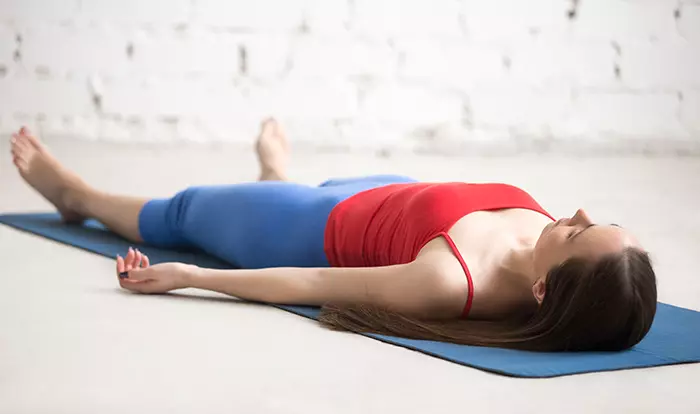
How To Do The Savasana
- Lie flat on the floor, ensuring that there will be no disturbance for the duration of the pose. Make sure you are comfortable, but don’t use any pillows or cushions. It will be best if you lie on a hard surface.
- Close your eyes.
- Place your legs such that they are comfortably apart. Make sure your legs relax completely and your toes are facing sidewards.
- Your arms must be placed along your body and slightly apart, leaving your palms open and facing upwards.
- Now, slowly draw attention to every area of your body, starting from your toes. As you do this, breathe slowly, yet deeply, setting your body in a state of deep relaxation. Do not fall asleep in the process.
- Breathe slowly, yet deeply. This will impart complete relaxation. As you breathe in, your body will be energized, and as you breathe out, your body will calm down. Focus on yourself and your body, forgetting all other tasks. Let go and surrender! But make sure you don’t doze off.
- In about 10 to 12 minutes, when your body feels relaxed and refreshed, roll to one side, keeping your eyes closed. Stay in the position for a minute, until you sit up in Sukhasana.
- Take a few deep breaths and gain awareness of your surroundings before you open your eyes again.
Precautions & Contraindications
This asana is absolutely safe and can be practiced by anyone and everyone. Unless your doctor has advised you not to lie on your back, you can practice this asana.
If you are pregnant, it might be a good idea to rest your head and chest on a bolster for comfort.
Ajna Or Third Eye Chakra
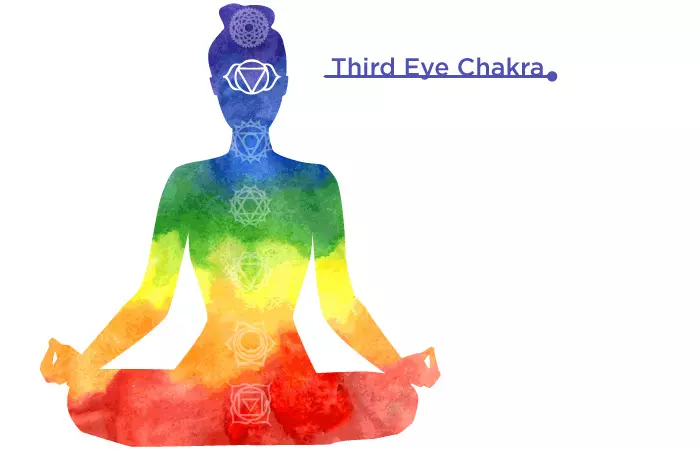
Sanskrit: Ajna
Location: Between Your Eyebrows
Scent: Vanilla
Mantra: Om
Color: Indigo
Element: Light
Yoga Pose: The Easy Pose
Stands For: Intuition, Decision Making, Where The Mind And Body Converge
This chakra determines insight, and when it is open, you will not only have an amazing intuition, a sixth sense of sorts, but you will also tend to dream a lot.
But if this chakra is not active enough, you will look up to other people to make decisions for you. You will be confused, and will entirely rely on beliefs, which can be misleading. If the third eye chakra is overactive, you will live in an imaginative world, and in extreme cases, you could daydream or even have hallucinationsi False perceptions of things or occasions involving your senses—sight, hearing, smell, touch, and taste. .
How To Balance Or Awaken The Third Eye Chakra
- Sit erect with your legs crossed.
- Place your hands before the lower part of your breasts. The middle finger must be straight and touching each other at the tops, but pointing away from you. The other fingers must be bent, and must touch each other at the upper phalangesi Tiny bones of one’s fingers and toes, especially as found in vertebral animals, including humans. . Your thumbs must point towards you and meet each other at the tops.
- Close your eyes and concentrate on the Ajna chakra. Become aware of what it stands for. Remember, this chakra is placed a little above the center of your eyebrows.
- Softly, but legibly, chant “OM’.
- As you relax and meditate, think about how this chakra affects your life, or how you want it to affect your life.
- You can meditate for as long as you like, until your mind feels cleansed and refreshed.
Keeping The Ajna Chakra Balanced Through The Easy Pose Or Sukhasana
This asana opens up your mind to new learnings when you practice it to balance out your Ajna chakra. It helps you strengthen your intuition and believe in your instincts. This chakra governs the functioning of the rest of the chakras. Hence, it is extremely essential to balance it out.
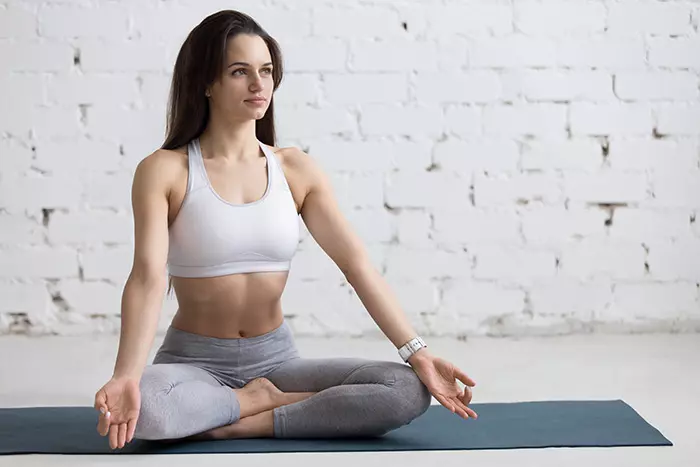
How To Do The Sukhasana
- Sit on your buttocks. Cross your legs inwards, placing your left leg first, and the right leg across it. Your knees must separate and cross your shins as you slide both your feet under the opposite knees.
- Ensure a comfortable gap between your feet and your pelvis.
- Now place your palms on your knees and straighten your back so that your body does not lean backward. Make sure your spine isn’t rounded.
- You must balance your spine over your pelvis and feel your body being in the center, neither lean forward nor backward. You must also feel your thighs roll outward, and your knees press towards the ground.
- Inhale and lift your spine. Exhale and relax your shoulders. Let your chest broaden as your collarbone and shoulder blades soften.
- Close your eyes and let your body relax. You can slightly lower your chin, but make sure you don’t bend your head forward. Let your facial muscles relax, and let the tip of your tongue touch the roof of your mouth behind your front teeth.
- Breathe slowly and in rhythm. Hold the pose for a few minutes before you release. You can repeat by crossing the legs in the opposite direction.
Precautions And Contraindications
This asana is completely safe to practice unless you have had a recent or chronic hip or knee injury. In such cases, it is best to consult your doctor or your certified yoga teacher.
Visuddhi Or Throat Chakra
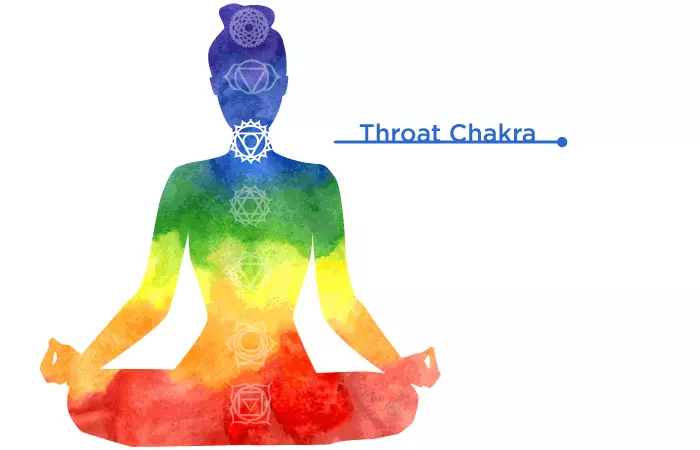
Visuddhi
Location: Throat Or Base Of Neck
Scent: Lavender
Mantra: Ham
Color: Blue
Element: Ether
Yoga Pose: The Shoulder Stand Or The Bridge Pose
Stands For: Self Expression
This chakra deals with communication and self-expression. An open throat chakra helps you express yourself with ease. Your creative side will emerge and become a means of self-expression.
If this chakra is not active, you will be shy, and you will speak less. If you find yourself lying too much, it could be an indicator of this chakra being blocked altogether. An overly active throat chakra will make you talk too much and listen less, which could turn off a whole lot of people.
How To Balance Or Awaken The Throat Chakra
- Sit on your knees. You can even assume the Vajrasana.
- On the insides of your hands, cross your fingers, leaving out your thumbs. The thumbs need to be pulled up a bit and must touch each other at the top.
- Now, close your eyes and concentrate on this chakra that is located at the base of the throat. Become aware of everything it stands for.
- Softly and clearly, chant “HAM”.
- As you do this, relax your mind and body, and keep concentrating on the throat chakra, what it means, and how you want it to affect your life.
- Five minutes into the meditation, you will feel cleansed already. You can then decide to either continue or end your meditation.
Keeping The Throat Chakra Balanced Through The Supported Shoulderstand Or Salamba Sarvangasana
This asana will help you find your voice and help you express your views better if you practice it to balance out the throat chakra. You will become more outspoken.
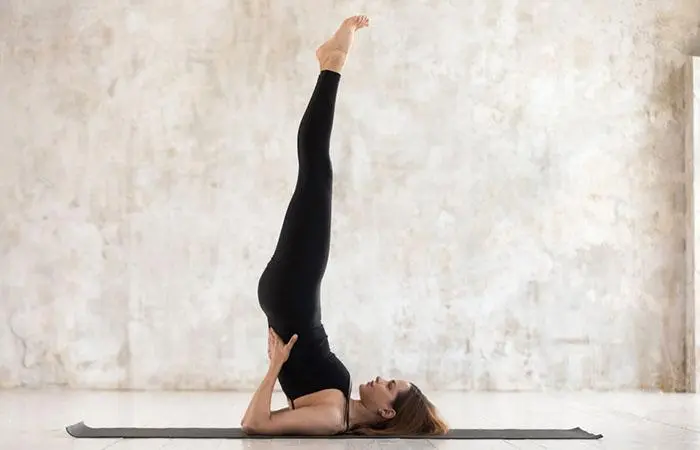
How To Do The Sarvangasana
- Start by lying flat on your back, keeping your legs together and your arms by your side.
- Then, with one swift movement, lift your legs, buttocks, and back, such that your elbows support your lower body, and you stand high on your shoulders. Use your hands to support your back.
- As you settle down in the pose, make sure you move your elbows closer to each other. Straighten your spine and your legs. Your body weight should lie on your shoulders and upper arms. Do not support your body on your neck or your head.
- Firm up your legs and point your toes out. Hold the posture for about 30 to 60 seconds. Breathe deeply while you do so. If you feel any kind of strain on your neck, release it immediately.
- To release, first, lower your knees, and bring your hands to the floor. Then, lie flat and relax.
Precautions And Contraindications
- Do not practice this position if you suffer from blood pressure, chronic thyroid disorders,glaucomai A class of vision issues that harm the optic nerve. Your eye provides visual information to your brain via the optic nerve. , angina, shoulder and neck injuries, or a detached retina.
- Menstruating women should avoid doing this asana.
- It is best to do this pose under the guidance of a trainer. If the asana is not done properly, it could injure your neck or spine.
Anahata Or Heart Chakra
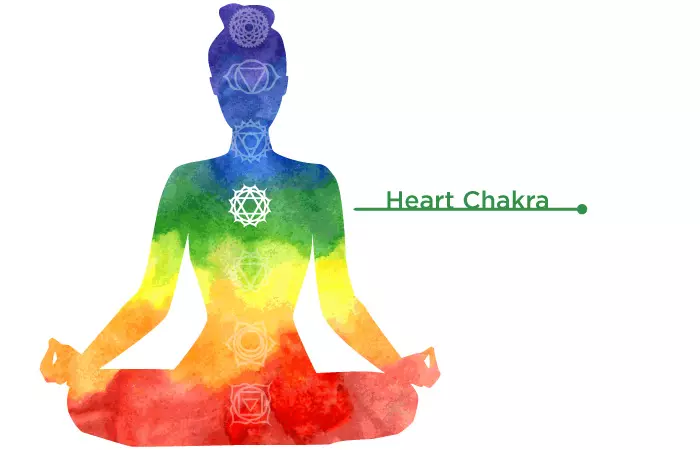
Anahata
Location: Center Of The Chest
Scent: Eucalyptus
Mantra: Yam
Color: Green
Element: Air
Yoga Pose: The Camel Pose
Stands For: Love, Empathy
This chakra brings about feelings of love, care, and endearment. When this chakra opens up, you will be warm, friendly, and compassionate, with a whole lot of amicable relationships in your kitty.
If this chakra isn’t active enough, you will tend to be close, unfriendly, and cold. An overactive heart chakra could lead you to suffocate people with your love so much so that you tend to seem selfish.
How To Balance Or Awaken The Heart Chakra
- Sit with your legs crossed.
- Place your left hand on your left knee, and your right hand right in front of the lower part of the breastbone. The tips of your thumb and index fingers must touch each other.
- Close your eyes. Concentrate on the heart chakra, and become aware of what it stands for.
- Chant the sound “YAM” clearly, but softly.
- While you do this, relax and think of this chakra and its effects on your life.
- Meditate for five minutes every day, or until you feel cleansed and refreshed.
Keeping The Heart Chakra Balanced Through The Camel Pose Or Ustrasana
This asana works wonders in making you loving, empathetic, and more joyful when you practice it to balance out your heart chakra. It will awaken the power of unconditional love, and make you more prone to accept and forgive.
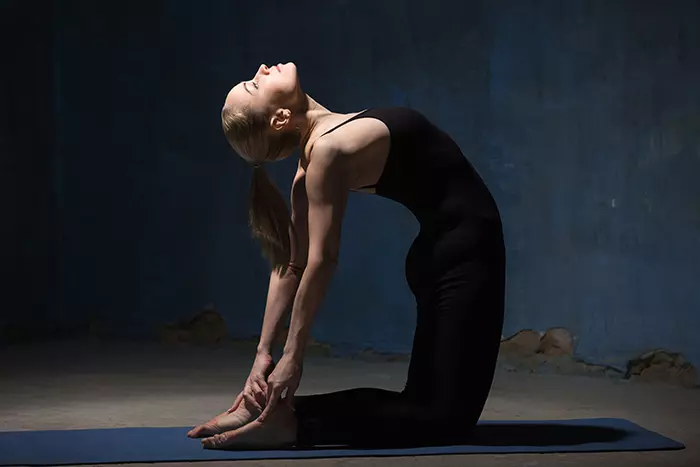
How To Do The Ustrasana
- Begin the asana by kneeling on your mat and placing your hands on your hips.
- You must ensure that your knees and shoulders are in the same line and that the soles of your feet are facing the ceiling.
- Inhale, and draw your tailbone in towards your pubis. You must feel the pull at the navel.
- While you are doing that, arch your back and gently slide your palms over your feet and straighten your arms.
- Keep your neck in a neutral position. It should not be strained.
- Hold the position for about 30 to 60 seconds before you release the pose.
Precautions And Contraindications
It is best to practice this asana under the supervision of a yoga instructor. If you have a back or neck injury, or if you are suffering from either low or high blood pressure, it is best you avoid this asana.
Manipura Chakra Or Solar Plexus
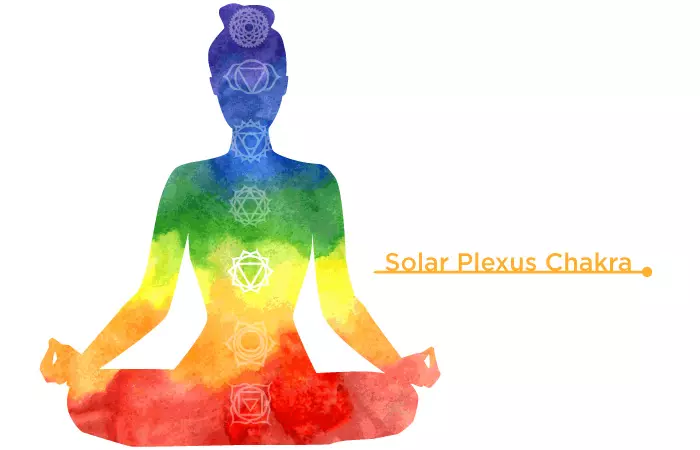
Manipura
Location: In Between The Solar Plexus And Base Of The Sternum
Scent: Lemon
Mantra: Ram
Color: Yellow
Element: Fire
Yoga Pose: The Boat Pose
Stands For: Power, Purpose, Self-Esteem
This chakra is one of the most important chakras as it deals with confidence, especially when you are among other people. An open solar plexus gives you a feeling of dignity and a sense of control over things.
However, if this chakra is not as active as it should be, you will tend to be indecisive and passive. An overactive solar plexus will make you aggressive and overbearing.
How To Balance Or Awaken The Solar Plexus
- Sit on your knees, ensuring your back is erect. Your stance must be relaxed.
- Place your hands on your stomach, slightly lower than your solar plexus. All your fingers must join each other at the tops, and must be pointed away from you. Most importantly, you must cross your thumbs while keeping your fingers straight.
- Concentrate on your Manipura chakra with your eyes closed. Gain awareness of everything it stands for.
- Slowly, softly, but clearly, chant “RAM”.
- Relax while you do this, spreading calm and peace across your mind and body, but do not lose awareness of the solar plexus. Think about how you want this chakra to change your life.
- Do this until you feel clean and refreshed.
Keeping The Manipura Chakra Balanced Through The Navasana Or Boat Pose
When you practice this asana to balance out the Manipura chakra, it will effectively foster a personal change or enhance the power of self. You will get a great confidence boost and have an increased self-esteem.
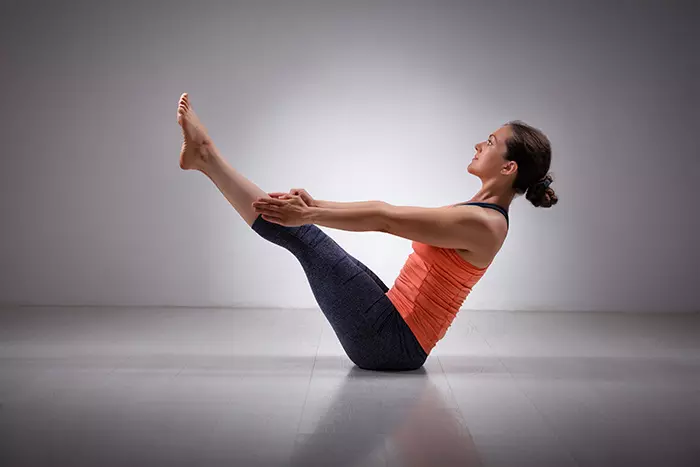
How To Do The Navasana
- Lie flat on your back, placing your feet together, and your arms beside your body.
- Take a deep breath and then, as you exhale, lift your feet and chest off the ground. Stretch your arms towards your feet.
- Keep your toes, fingers, and eyes in a single straight line.
- You must feel a stretch in your navel area while the abdominal muscles contract.
- Breathe deeply and normally as you maintain the pose.
- Exhale and release the pose.
Precautions And Contraindications
- Avoid doing this pose if you suffer from a migraine or severe headaches. Also, avoid this asana if you have low blood pressure, spinal disorders, or a chronic disease.
- Heart patients and asthma patients must avoid this pose.
- Pregnant women must also avoid this pose, as should women on the first two days of their period.
 Quick Tip
Quick TipSvadhisthana Or Sacral Chakra
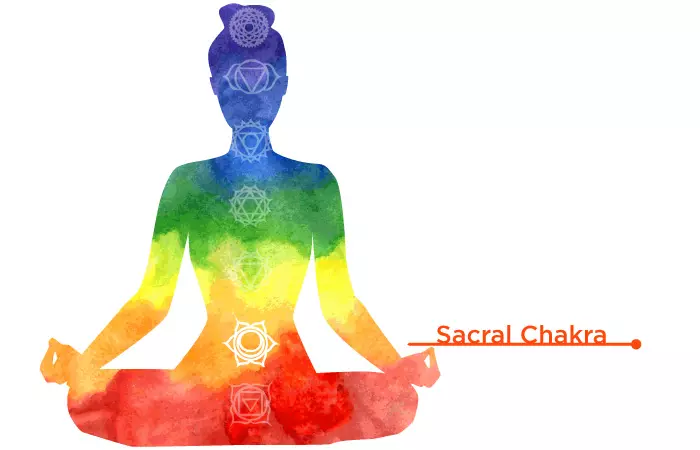
Svadhisthana
Location: Lower Abdomen
Scent: Tangerinei A specific variety of citrus tree, comparable to oranges, whose fruit also goes by the same name.
Mantra: Vam
Color: Orange
Element: Water
Yoga Pose: The Goddess Pose
Stands For: Emotional Stability, Flexibility, Creativity
This chakra governs the sexual needs of the body. An open sacral chakra leads to freedom and smooth flow of sexual energy, without you being over-emotional about it. You will be comfortable to get into a relationship, and will be not open about it but also passionate while you are in it. An open Svadhisthana chakra will ensure you have no sexual dysfunctions.
However, if this chakra is underactive, you tend to lose interest and are devoid of emotions. If your chakra is overactive, you will be emotional and sensitive all the time. You may also have a constant need for sexual activity.
How To Balance Or Awaken The Sacral Chakra
- Sit on your knees, with your back straight, but relaxed.
- Place your hands in your lap, with your palms facing upwards, and one over the other. Keep your left hand under your right, such that the fingers are overlapped. In other words, the fingers of your left hand will be placed under your right hand, but the rest of your left palm will be as exposed as your right.
- Close your eyes and concentrate on your sacral chakra. Gain awareness of what it stands for.
- Softly, but clearly, chant “VAM”.
- As you completely relax, think about the chakra and how you want it to affect your life.
- Meditate until you feel cleansed and refreshed.
Keeping The Sacral Chakra Balanced Through The Goddess Pose Or Deviasana
Practicing this asana will generate not only creativity but also emotional stability. Since this chakra governs the sexual energies in the body, this asana also plays a part in enhancing fertility as it balances out the chakra.
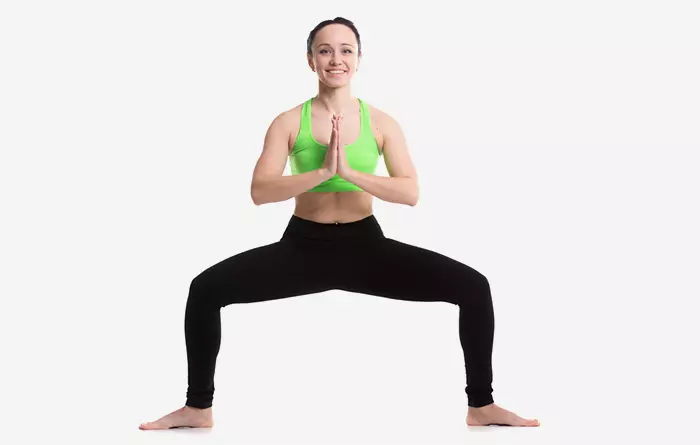
How To Do The Deviasana
- Begin the asana with the mountain pose. Place your arms by your sides, and let them rest comfortably on the hips.
- Widen your feet such that they are placed at least four feet apart. Turn your toes outward. Take a deep breath.
- As you exhale, bend your knees, and make sure they are over your toes. Lower your hip into a squat. Your thighs must be perfectly parallel to the floor. But this must happen with practice once you are perfectly comfortable with squatting.
- Stretch out your arms to the sides such that they are at your shoulders’ height. Your palms must face downwards. Then, gently bring your palms together in a Namaste mudra at your chest. Your forearms should be at a 90-degree angle.
- Make sure your tailbone is tucked in, and your hips are pressed forward as your thighs are drawn at the back. Your knees must be in line with your toes, and shoulders must be softened as you gaze into the horizon.
- Hold the pose for about half a minute, and slowly release the pose in the same order that you got into it.
Precautions And Contraindications
It is best to avoid this asana if you recently had an injury in your back, shoulders, legs, or hips. Be mindful of how much your body can push at all times. It is best to consult your doctor if you have medical concerns, and only then practice yoga.
 Trivia
TriviaMuladhara Or Root Chakra
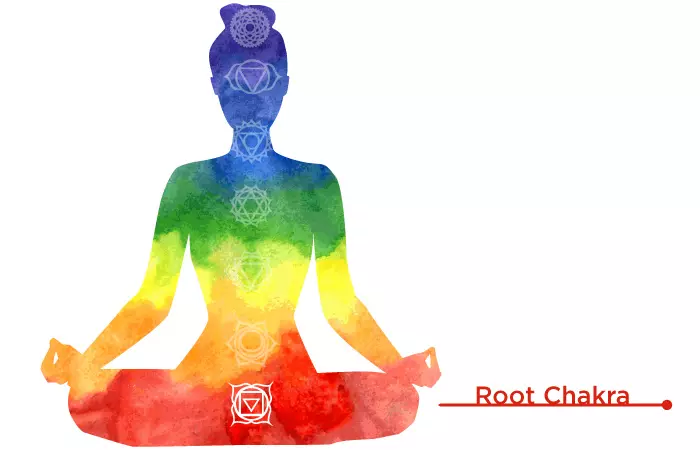
Muladhara
Location: Base Of The Spine
Scent: Vetiver
Mantra: Lam
Color: Red
Element: Earth
Yoga Pose: The Tree Pose
Stands For: Being Secure And Grounded, Prosperous
This chakra is all about being aware of your physical self and being comfortable in your skin so that you can go out and face the world, no matter the situation. An open root chakra will leave you feeling secure, sensible, and stable. You will learn to trust people, but not without reason. You will live in the present and stay connected to your physical being.
An underactive root chakra will make you nervous and fearful, while an overactive root chakra will make you materialistic and greedy and unwilling to change.
How To Balance Or Awaken The Root Chakra
To balance the root chakra, you need to become aware of your body. Any physical activity, be it yoga, exercise, or even cleaning the house, will familiarize you with your body, and therefore, will strengthen the chakra.
You can also ground yourself and meditate to be more aware of your body.
- To ground yourself, you must connect with the ground and feel it under you. Stand upright, but stay relaxed. Spread your feet shoulder width apart, and gently bend your knees slightly.
- Move your pelvis forward. Check if your body is balanced, and your weight is equally distributed between both your feet.
- Sink your weight forward, and hold this position for a few minutes. Your body is now grounded.
- Now, sit with your legs crossed.
- Place your palms on your knees, with your thumb and index fingers gently touching each other.
- Close your eyes and concentrate on this chakra that lies between your anus and genitals. Gain complete awareness of everything this chakra stands for.
- Softly, but clearly, chant “LAM”.
- Relax and think about this chakra and how you want it to change your life.
- Meditate till you feel refreshed and cleansed. As you meditate, visualize a closed red flower and powerful energy passing through it, such that it opens up the petals. Breathe deeply before you open your eyes.
Keeping The Root Chakra Balanced Through The Tree Pose Or Vriksasana
This asana helps you feel secure, stable, and more alert. This chakra influences the ties with your family and your survival instincts. It also governs the sense of belonging and how guarded you are. Some of the earliest memories you create are stored in this chakra, and these memories also include whether the basic needs are met or not.
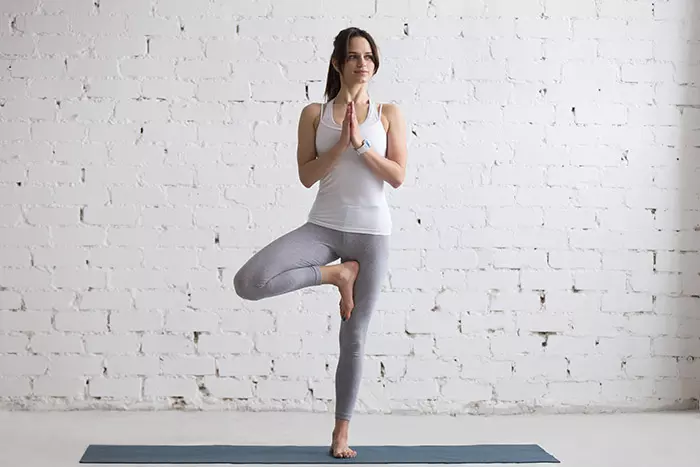
How To Do The Vrikshasana
- Stand absolutely erect and drop your arms to the side of your body.
- Slightly bend your right knee, and then, place the right foot high up on your left thigh. Make sure that the sole is placed firm and flat on the root of the thigh.
- Your left leg needs to be absolutely erect. Once you have assumed this position, breathe, and find your balance.
- Now, inhale, and gently raise your arms over your head and bring them together in a ‘namaste’ mudra.
- Look straight at a distant object and hold your gaze. This will help you maintain balance.
- Keep your spine straight. Note that your body needs to be taut, yet elastic. Take in deep breaths, and every time you exhale, relax your body more.
- Gently bring your hands down from the sides, and release the right leg.
- Come back to the original position of standing tall and straight as you did at the beginning of the practice. Repeat this pose with the left leg.
Precautions And Contraindications
While practicing this asana, you must ensure that the sole of the lifted foot is placed preferably above or, in some cases, below the standing knee, but never beside it. Placing the foot beside the knee puts pressure on the knee as it does not flex parallel to the frontal plane.
Those who suffer from high blood pressure should not raise their arms above the head for a long period of time. They can be held at the chest in the ‘anjali’ mudra.
It is best that you avoid practicing this pose if you suffer from insomnia or a migrainei A throbbing headache that comes and goes, usually on one side of the head, and is frequently accompanied by nausea and blurred vision. .
Wondering if you should be doing all of these yoga poses? Learning about the symptoms of chakra imbalance may help you decide. Read on.
Symptoms Of Chakra Imbalance
Chakra imbalances can manifest in two forms, physical and emotional. The symptoms for these include:
- Fatigue
- Headache
- Difficulty sleeping
- Body pain
- Digestive issues
- Weakened immunity
- Anxiety
- Fear
- Lack of motivation
- Lack of creativity
- Low self-esteem
- Feelings of isolation
- Disconnection from spirituality
- Lack of purpose
If you notice any of these symptoms, yoga can help. It plays a crucial role in opening and balancing your chakras. Practicing the asanas in a proper sequence and balancing these energy wheels may benefit your mental and physical health in multiple ways. Keep reading to learn more.
Key Takeaways
- Chakras are centers of energy located inside the body and are essential for a healthy mind and body
- The 7 chakras are the crown, sacral, root, solar plexus, heart, throat, and third eye chakra.
- You can activate your chakras through meditation and yoga asanas.
- Individuals suffering from high blood pressure, insomnia, and migraine should avoid doing vrikshasana to activate the root chakra.
Chakra Meditation Benefits
- Helps align and balance the seven chakras, ensuring harmonious energy flow throughout the body.
- May promote emotional stability by clearing blockages in specific chakras.
- Supports physical healing by enhancing the body’s natural ability to recover and rejuvenate.
- Enhances mental clarity, focus, and concentration, aiding in better decision-making.
- Helps reduce stress and anxiety, calms the mind, and promotes relaxation.
- May help enhance your thought process, sense of empathy and understanding, fostering healthy relationships with oneself and others.
- May boost the immune system, leading to improved overall health and vitality.
- May help heighten your intuition and inner wisdom, guiding personal growth and self-discovery.
Steve B Howard, a novelist, atheist, and blogger, tried Kundalini Yoga and shared his experience. He writes, “I had the usual kriyas (involuntary body movements) and blissful sensations, but after the meditation, my eyesight became extremely sharp and clear. I felt like I had a new set of eyes. My eyesight has always been good, so it was strange for me to suddenly have this weird supervision (i).”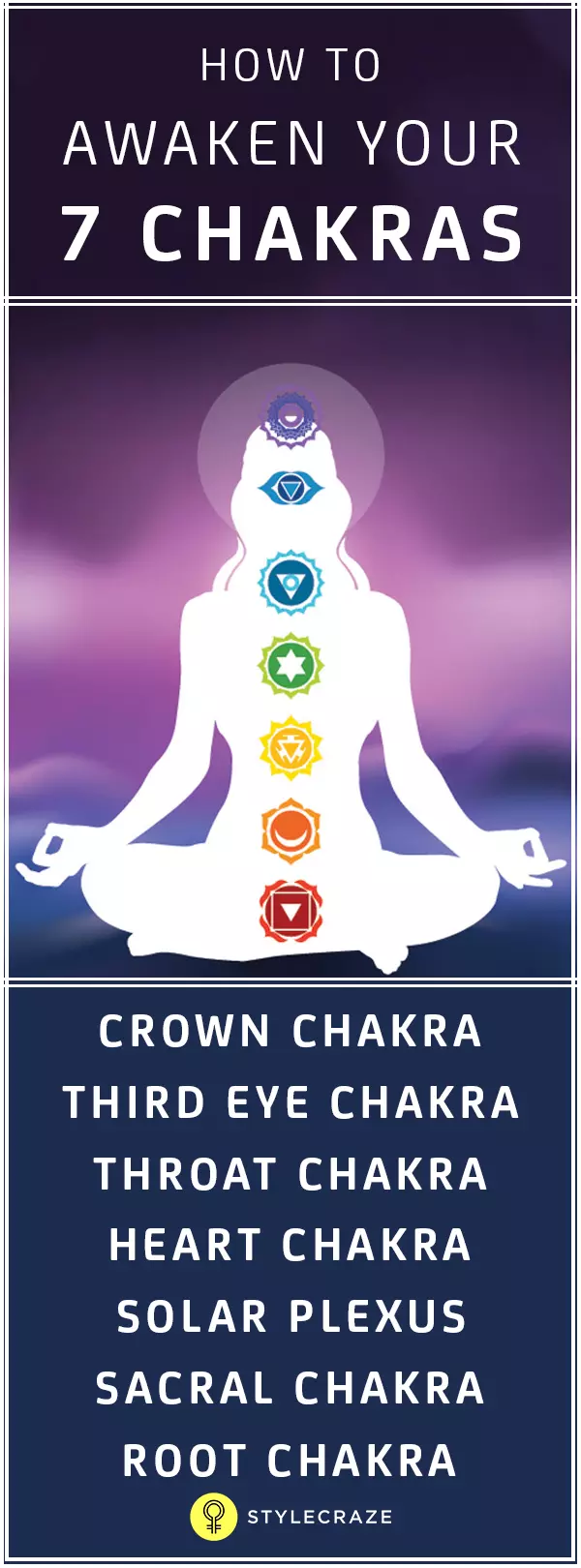
Infographic: Tips To Activate And Balance Your Chakras
While we often like to go to gyms and indulge in outdoor activities to maintain our physical health, we overlook our mental and spiritual well-being. Chakra activation can help bring out our better selves and improve various aspects of our lives. The process helps in increasing self-expression and self-awareness, and supports our overall health. Check out the infographic below to learn about different yoga poses that help activate and balance these chakras.
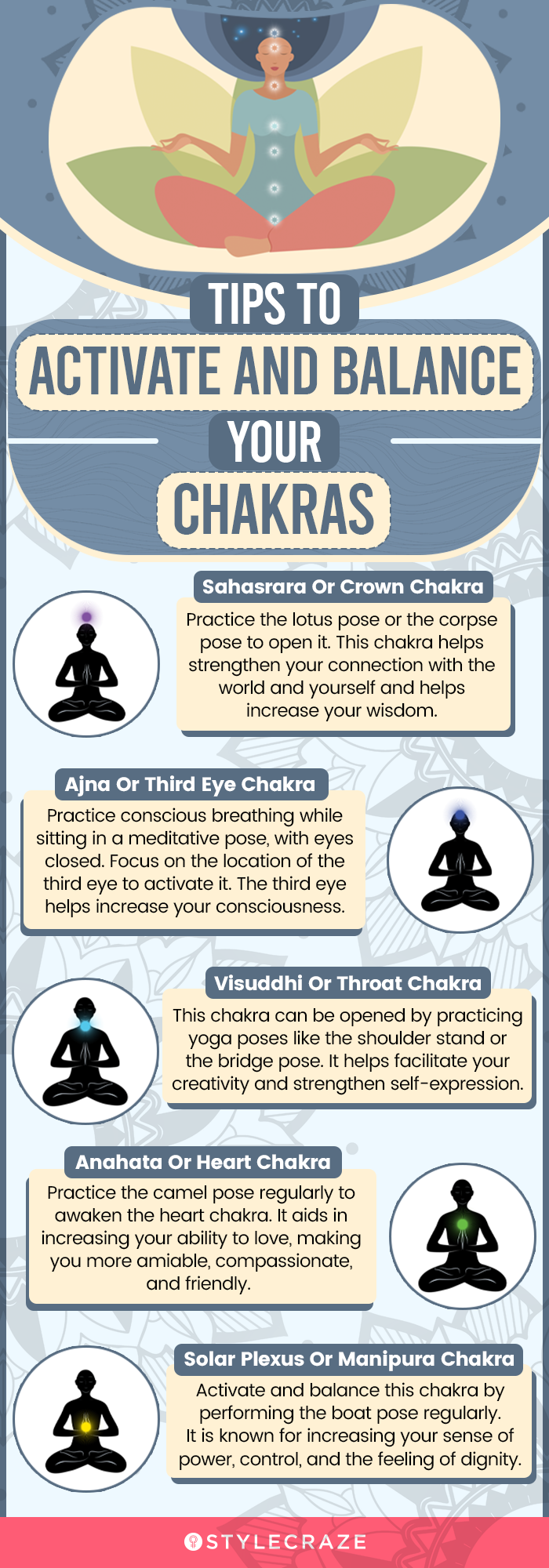
Illustration: StyleCraze Design Team
There are seven chakras in the human body: four in the upper body and three in the lower body. Chakras in the upper body impact our mental abilities and the chakras in the lower body influence our instinctual abilities. Maintaining these chakras’ balance is crucial to be at peace with ourselves and the world around us. Chakra awakening might help you recover from physical and psychological problems. It aids in cleansing the body, leaving you feel rejuvenated, energized, and healthy. Through the practice of yoga, mindfulness, and self-discovery, one can attain inner peace, transformation, and healing. By aligning the body’s chakras and harnessing the power of positive vibration and manifestation, one can create a sense of harmony and elevate their consciousness and self-awareness. With these practices, one can also cultivate a balanced aura and achieve a deeper alignment with their true self. You can also explore more cosmic energy meditations to further enhance your sense of calm and tap into your spiritual side.
Try the tips mentioned above in the article and enjoy the various benefits of Chakra opening.
Frequently Asked Questions
What is your strongest chakra?
Anahata chakra is considered the strongest chakra. It is the fourth chakra located at the center of the chest.
What is my weakest chakra?
The first and the root chakras are believed to be the weakest chakras. However, your other chakras may also be imbalanced and get weaker.
Are there any risks or potential negative effects of awakening the chakras, and how can one avoid or mitigate these risks?
Kundalini yoga is an emotional and spiritual awakening. It lowers your body’s natural defenses and leaves it open for external spiritual attack. Some of its potential negative effects include deepening psychological conflict, overwhelming mood changes, increased sensitivity to others’ moods, confusion, fear of death, and identity crisis.
What are some common misconceptions or myths about chakra awakening?
Chakra awakening is not a physical force but a concentrated energy of awareness and attention. Chakras are not real places in the body but represent the cosmic nature of the elements in the atmosphere within one’s own deep awareness.
How can crystals and gemstones be used to support chakra awakening?
Crystals and gemstones possess healing properties and spiritual energies that connect us in a unique way with each chakra.
What are some recommended stones for each energy center?
Crown chakra: amethyst, quartz, and topaz; third-eye chakra: azurite, lapis lazuli, and tanzanite; throat chakra: aquamarine, amazonite, and blue calcite; heart chakra: rose quartz, jade, and malachite; solar plexus chakra: amber, yellow jasper, and gold tiger’s eye; sacral chakra: copper, topaz, and fluorite, and root chakra: red jasper, black obsidian, and hematite.
Learn how to experience a deep sense of relaxation and balance with chakra awakening through this video. Unlock your full potential with the ancient Solfeggio scale and binaural beats. Feel the energy flow through your body!
Personal Experience: Source
StyleCraze's articles are interwoven with authentic personal narratives that provide depth and resonance to our content. Below are the sources of the personal accounts referenced in this article.
i. My “Kundalini Awakening” Wasn’t “mystical”! It was a Neurological Experience!!!!! No Woo Woo Needed!;https://medium.com/publishous/my-kundalini-awakening-and-the-seven-years-of-weirdness-and-bs-that-followed-f03e8d705ffa
Read full bio of Sri Yogi Anand
Read full bio of Shirin Mehdi
Read full bio of Ravi Teja Tadimalla
Read full bio of Himanshi Mahajan







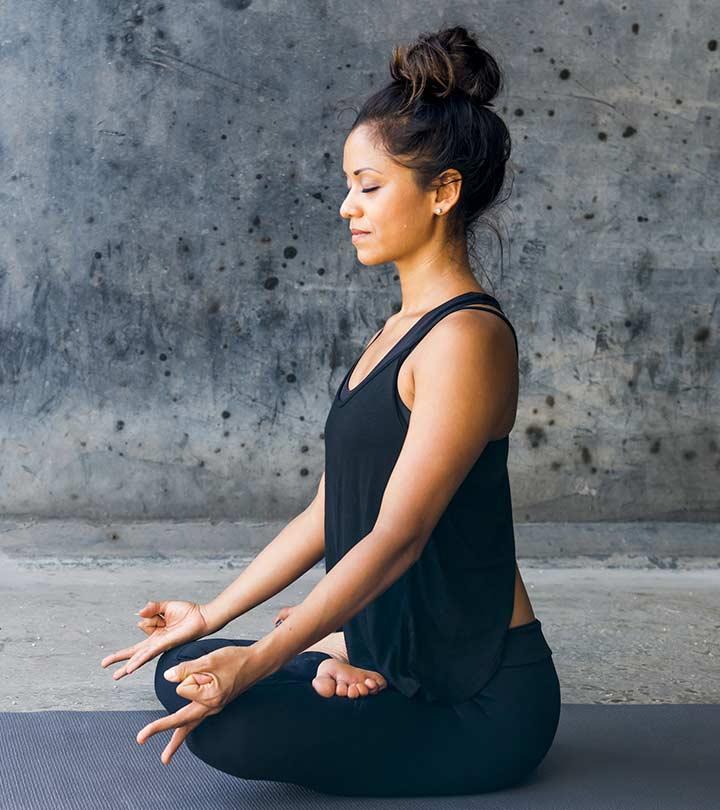
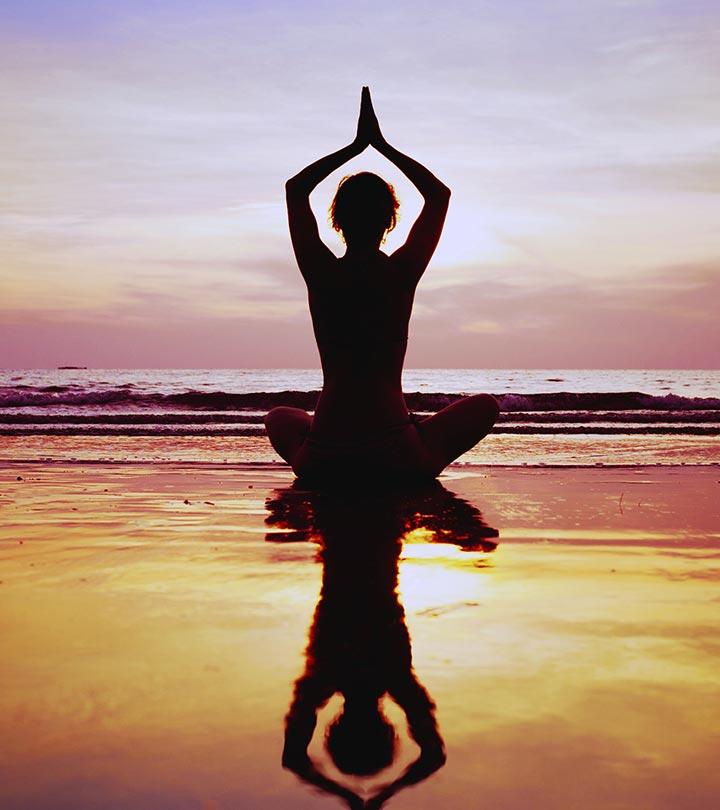
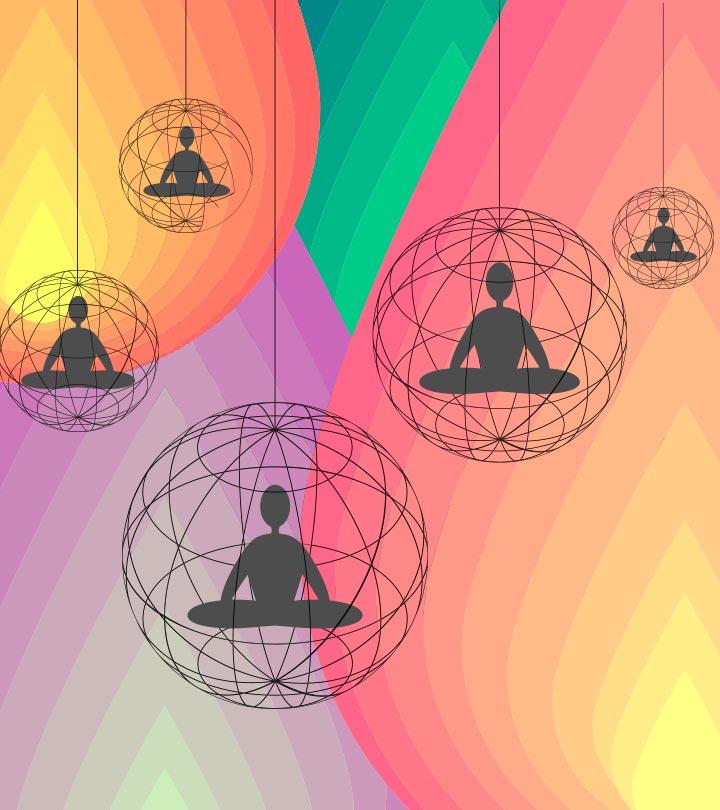
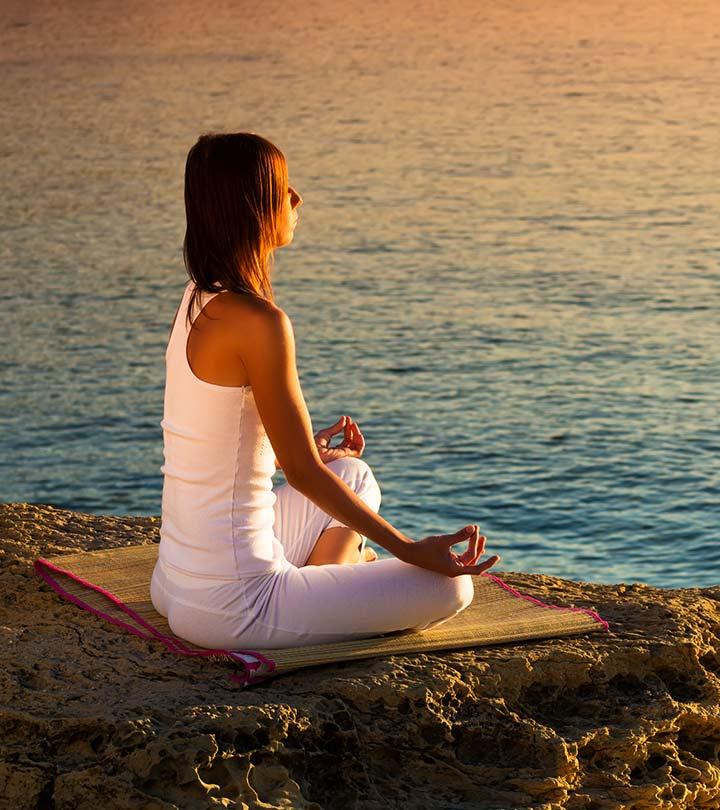
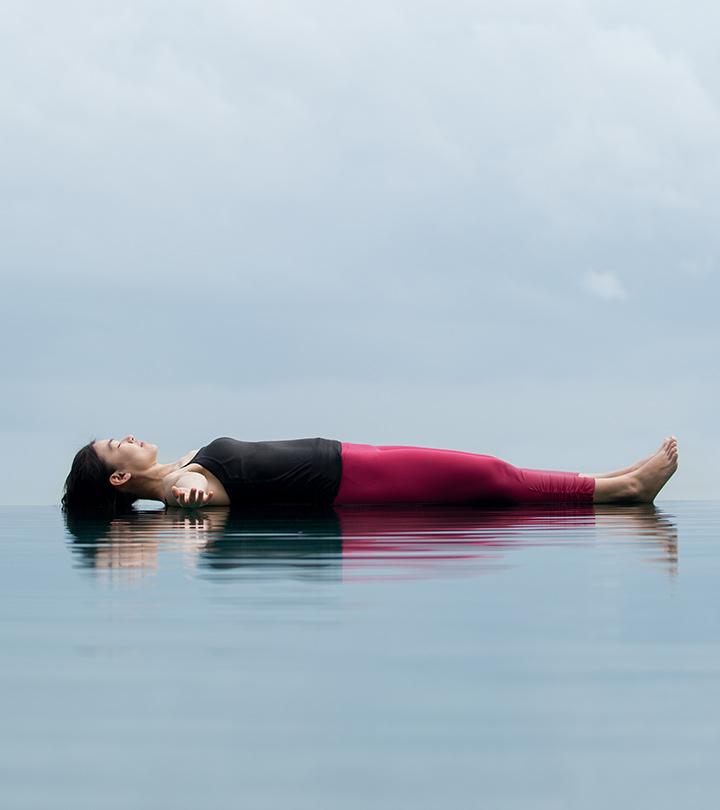
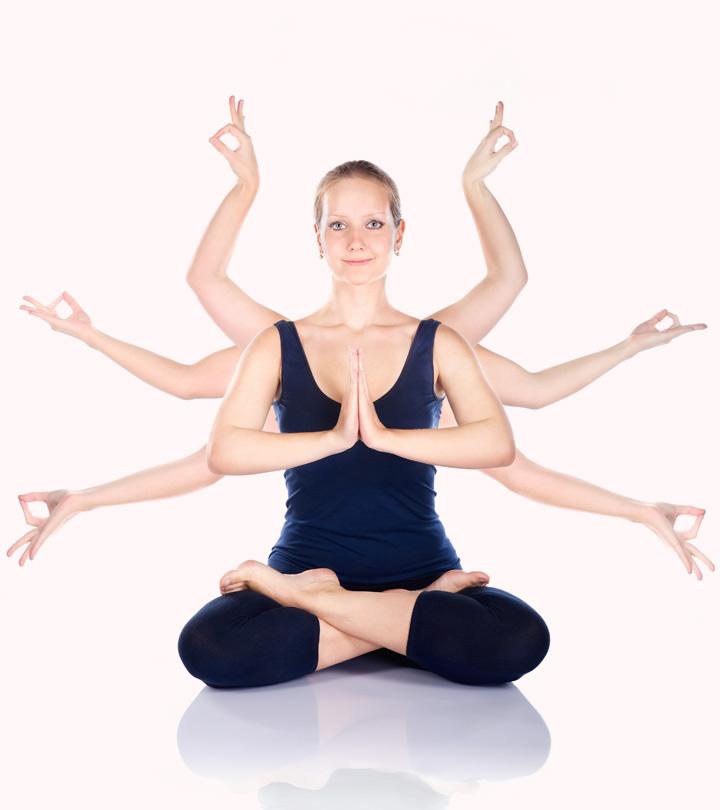
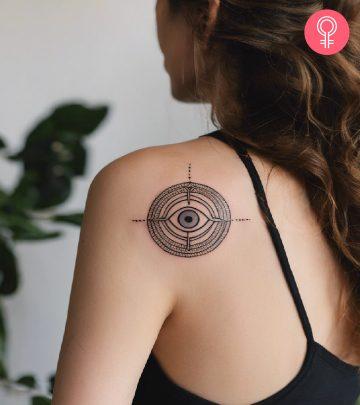
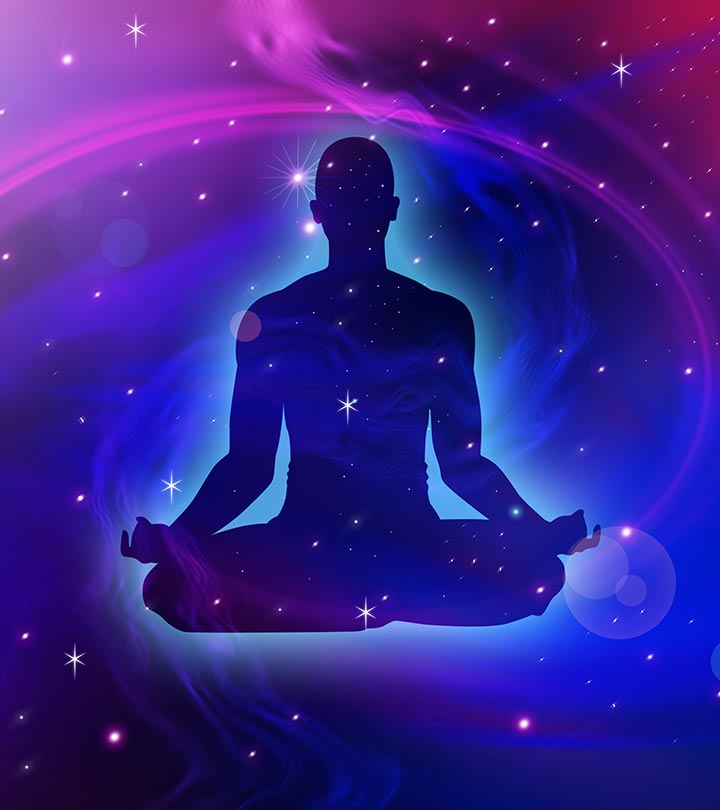
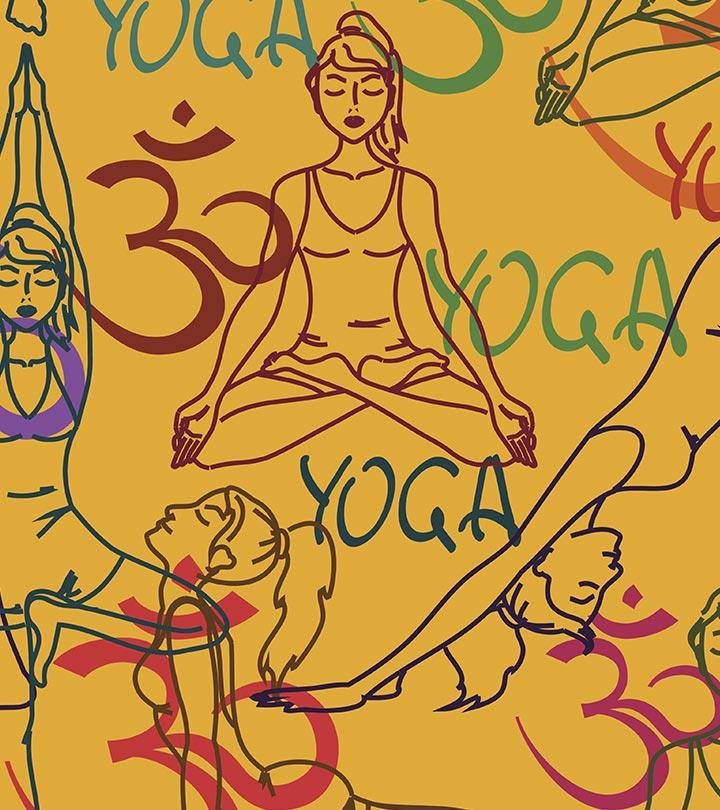
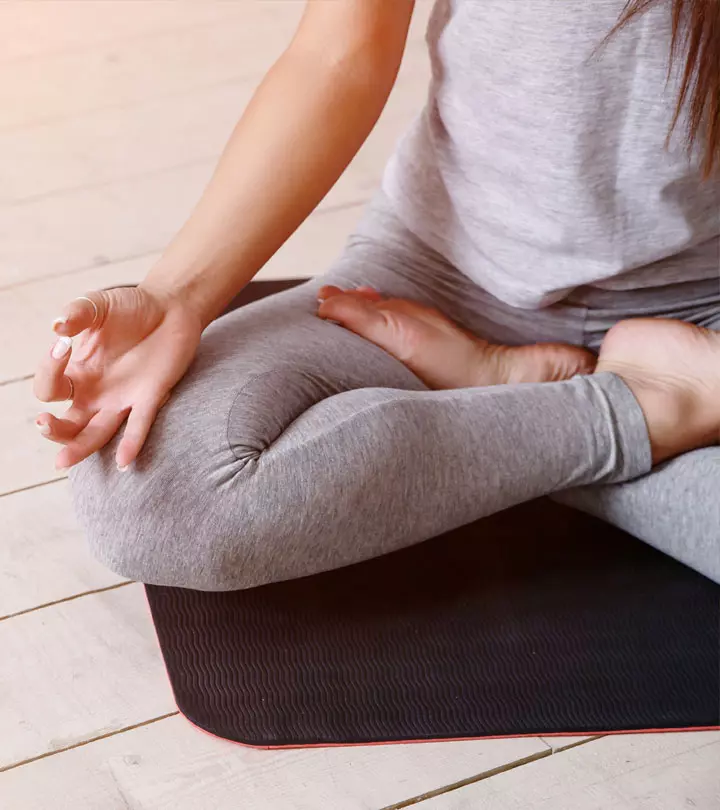
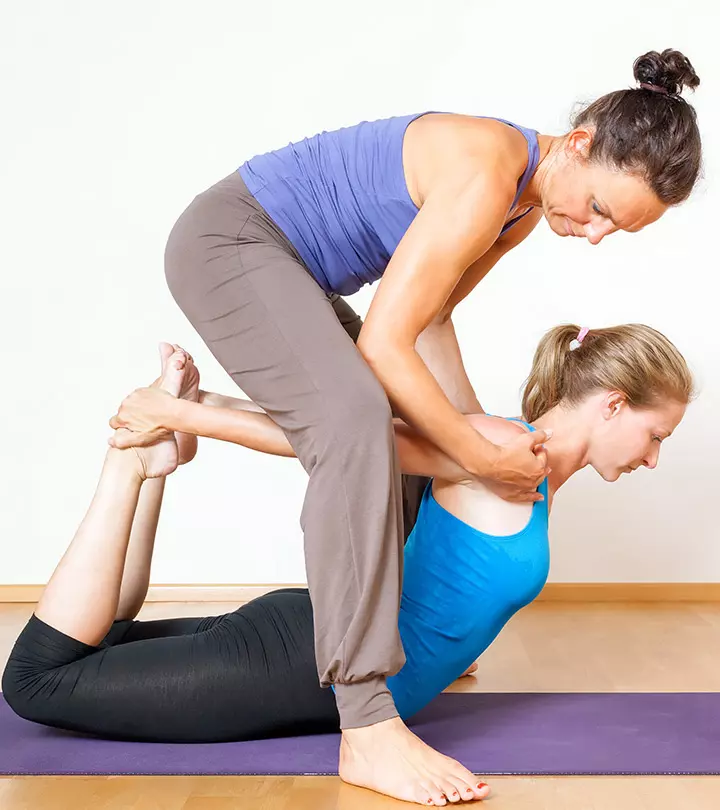
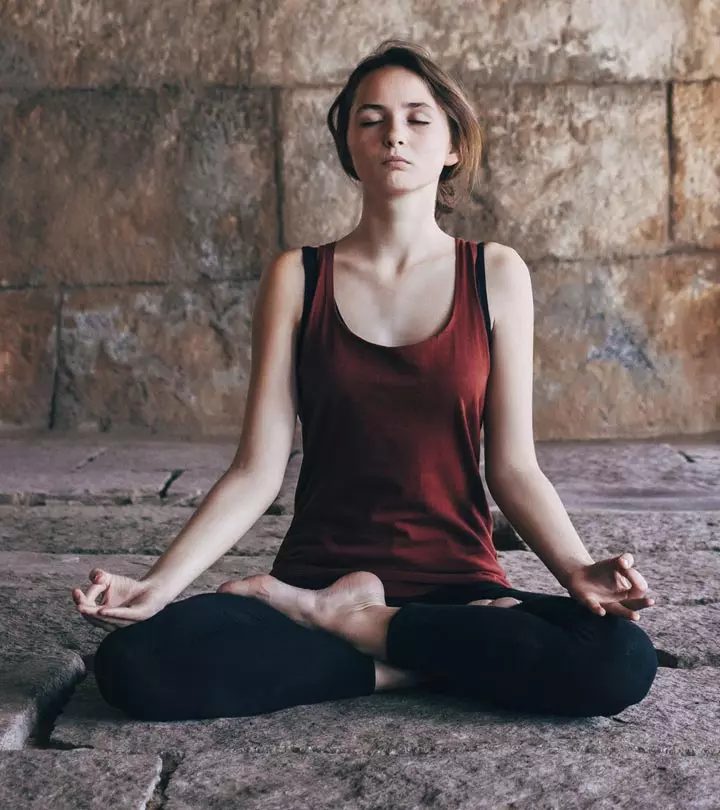
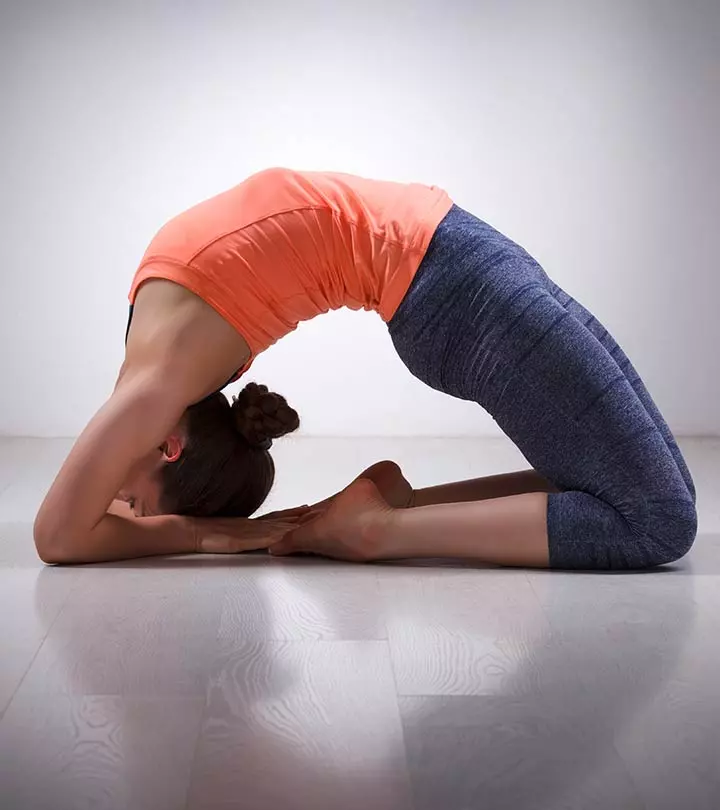
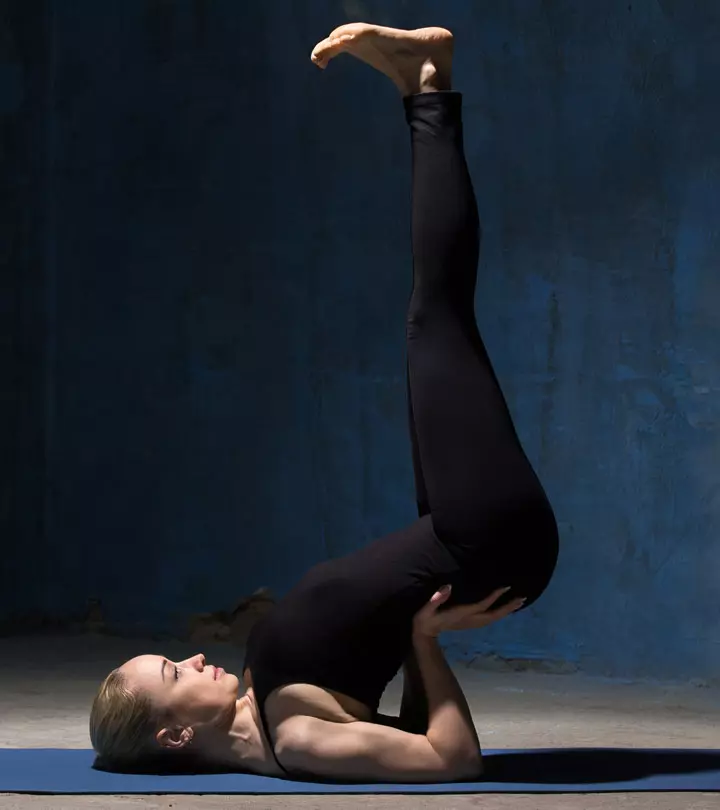
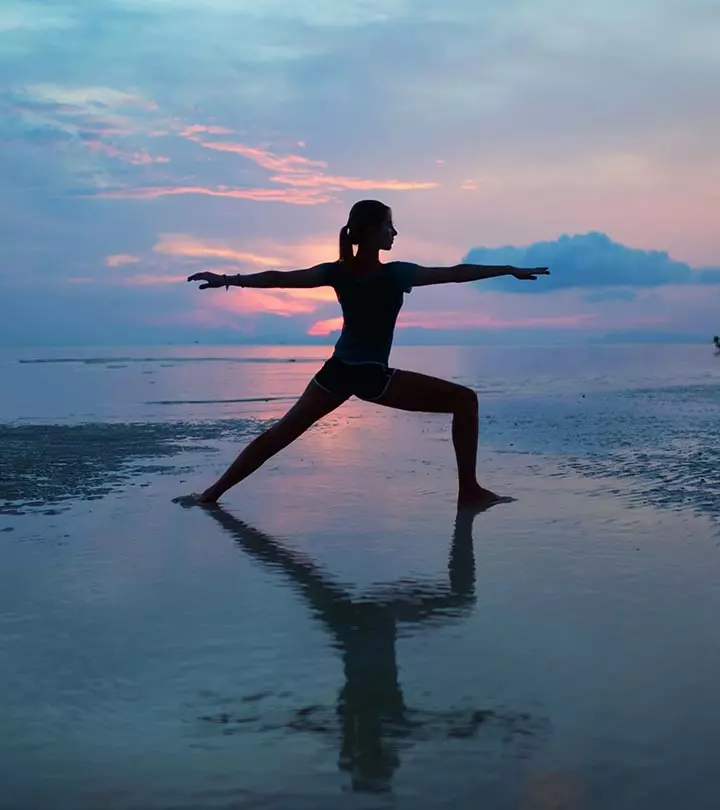
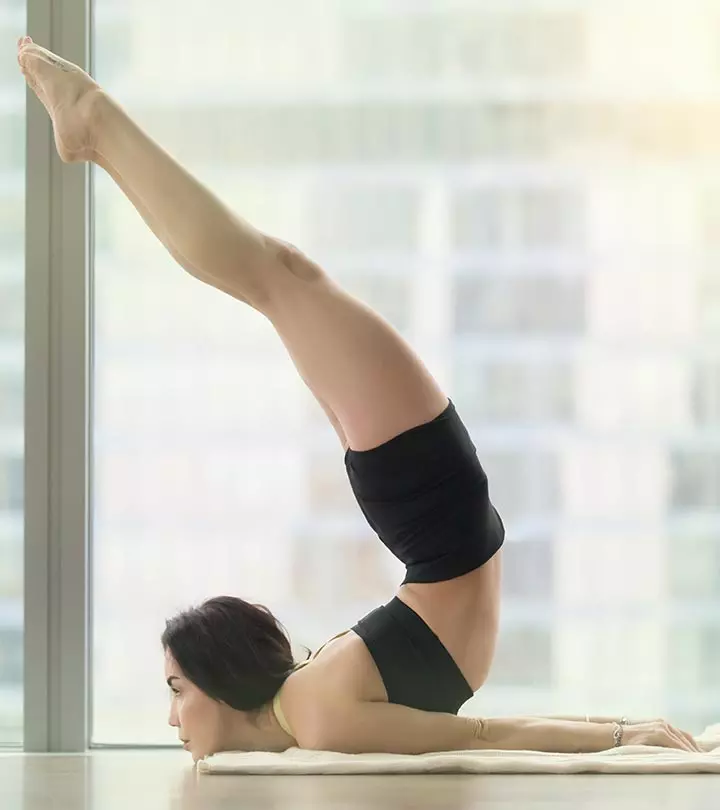
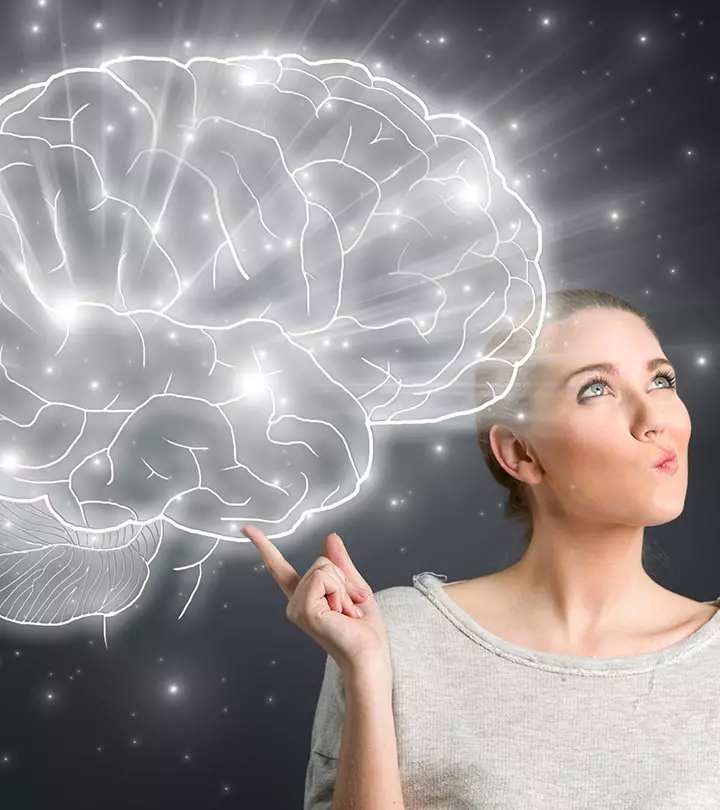
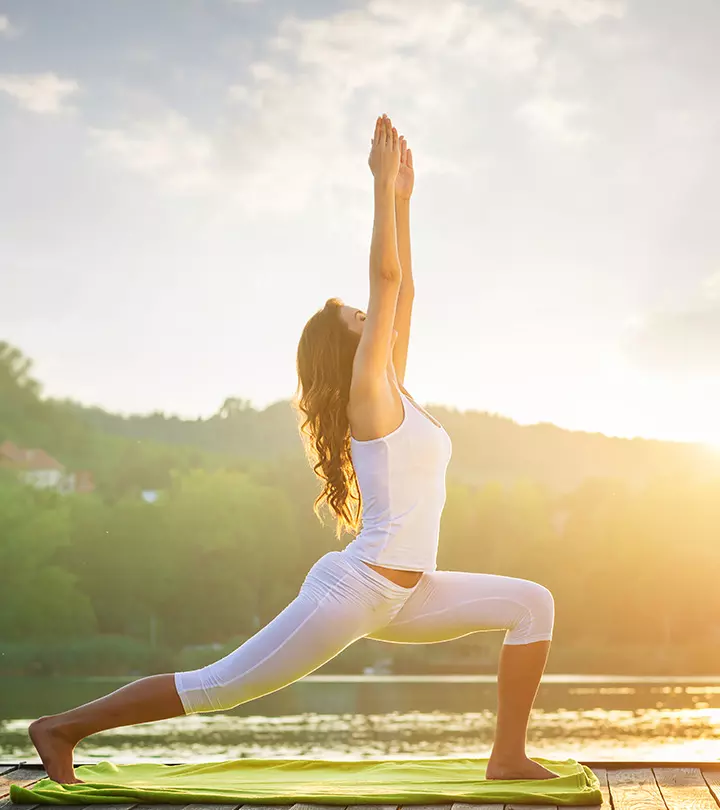
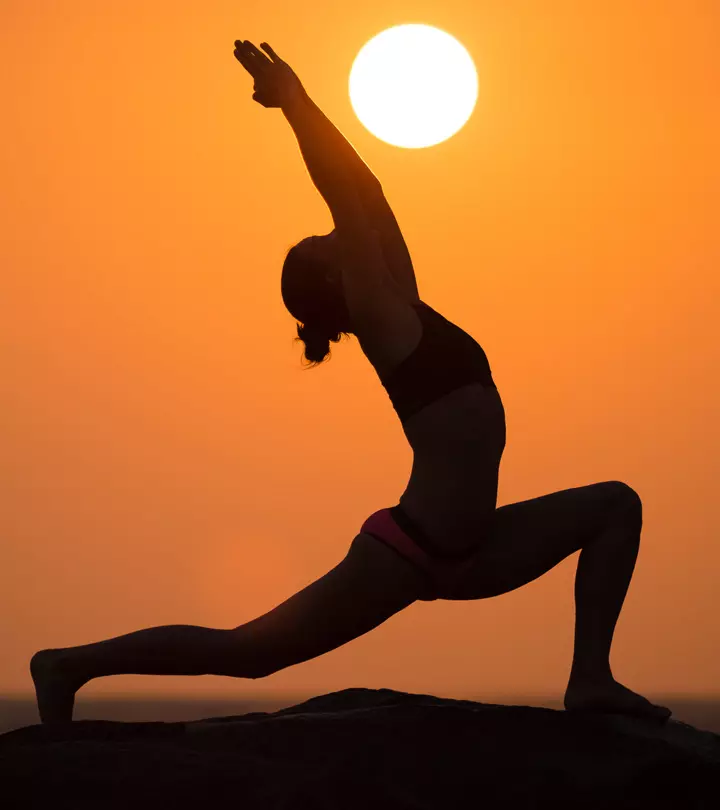
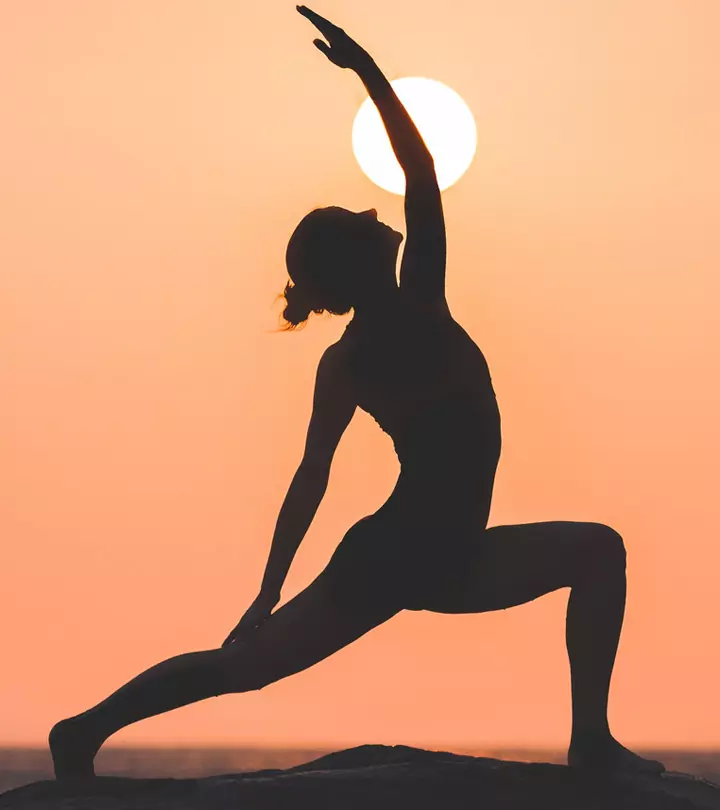
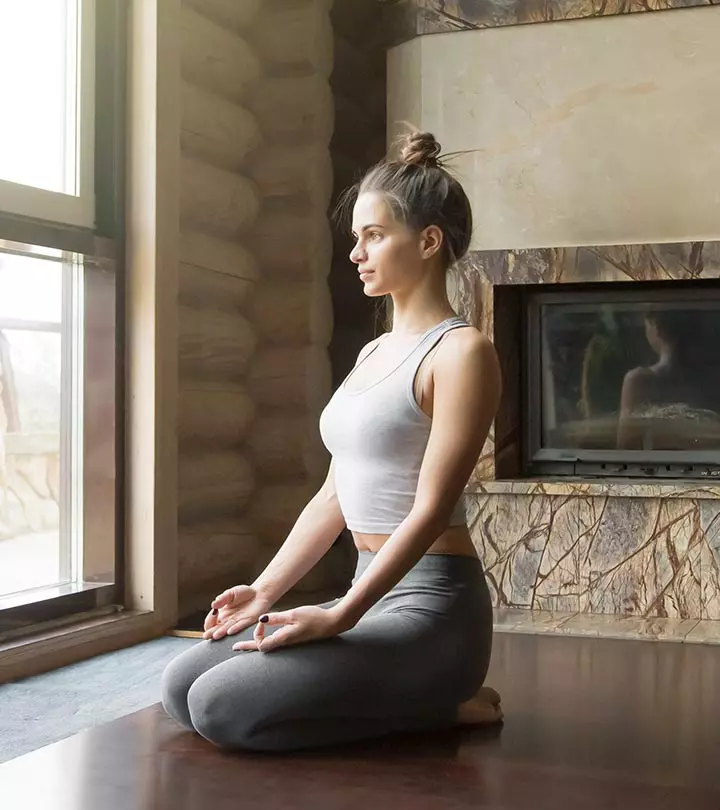
Community Experiences
Join the conversation and become a part of our empowering community! Share your stories, experiences, and insights to connect with other beauty, lifestyle, and health enthusiasts.